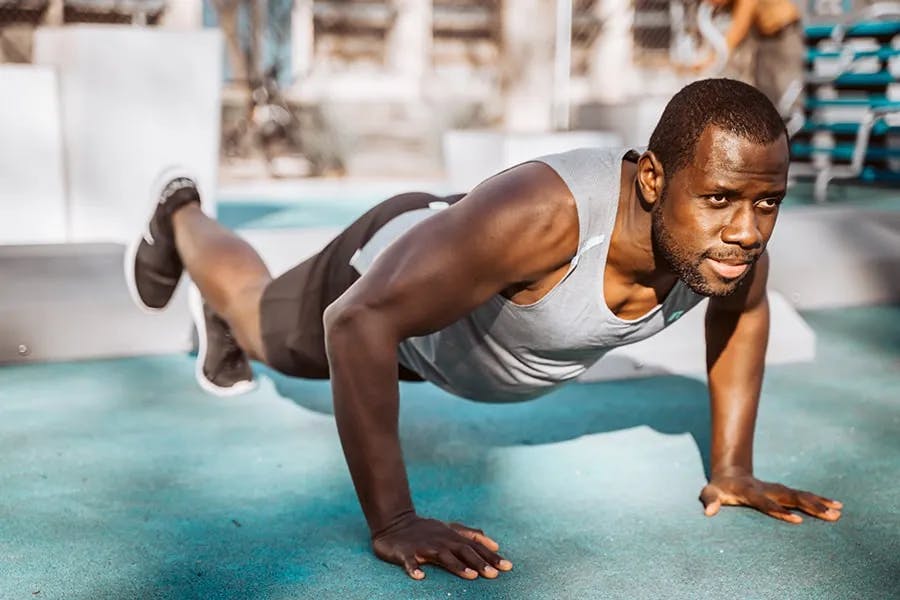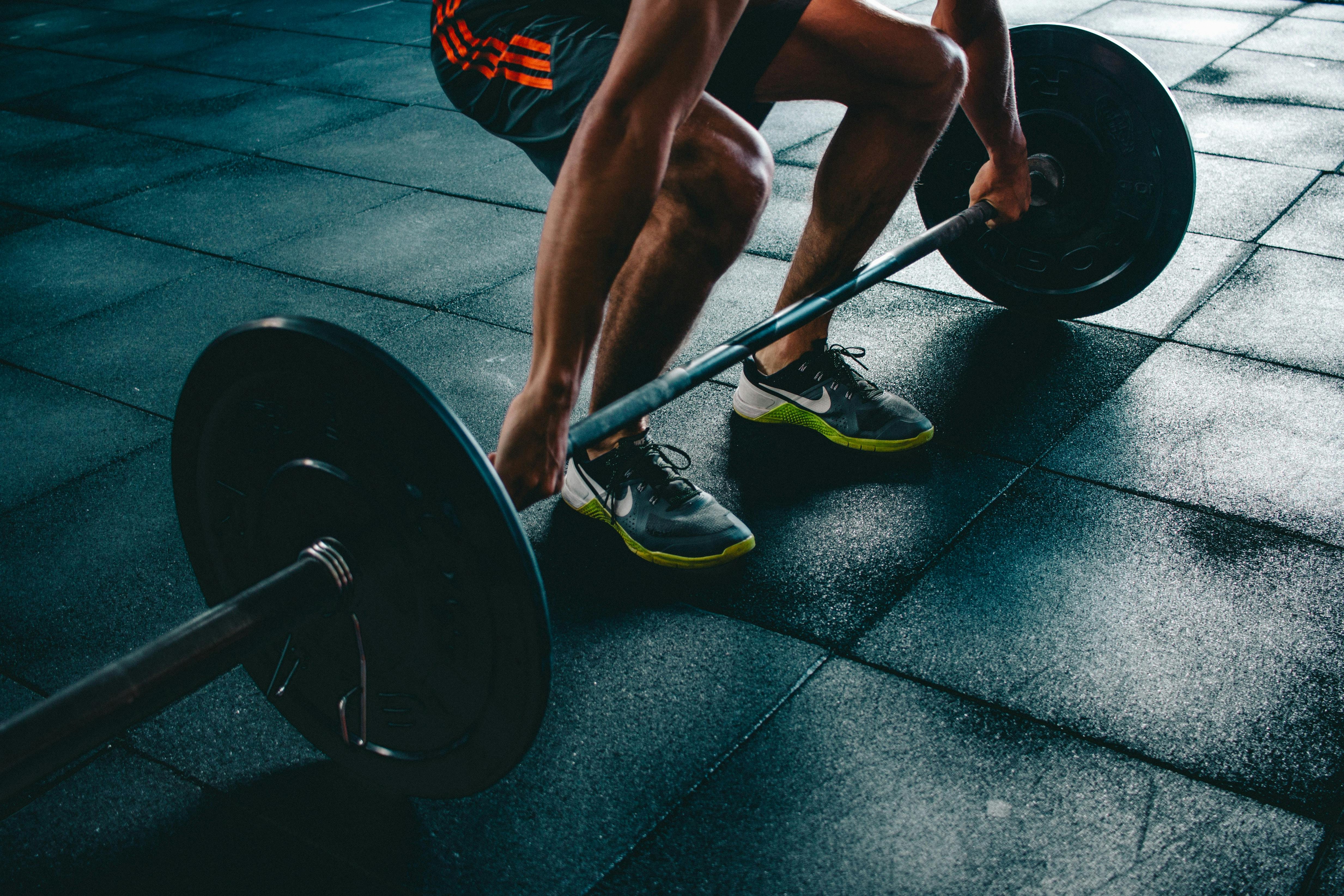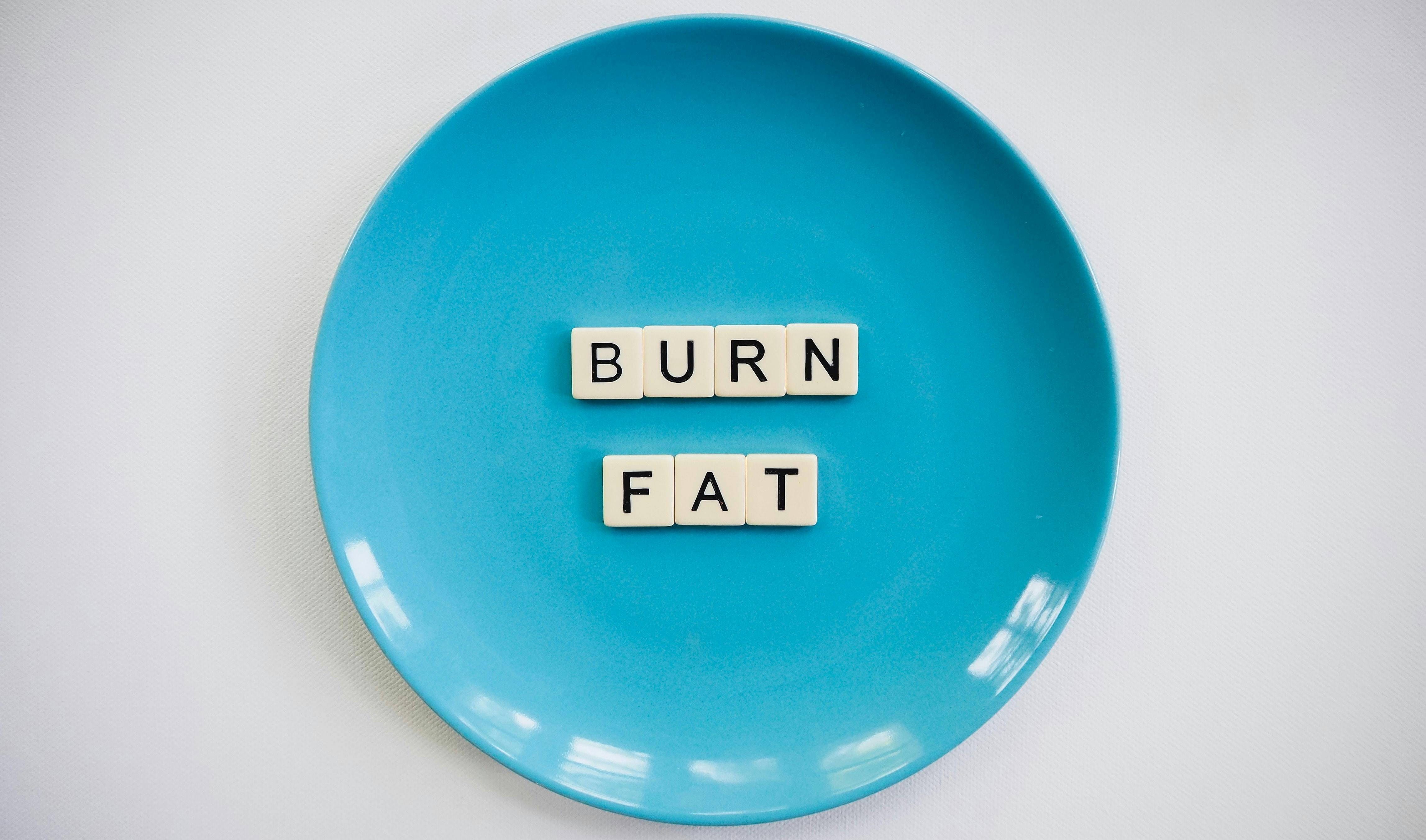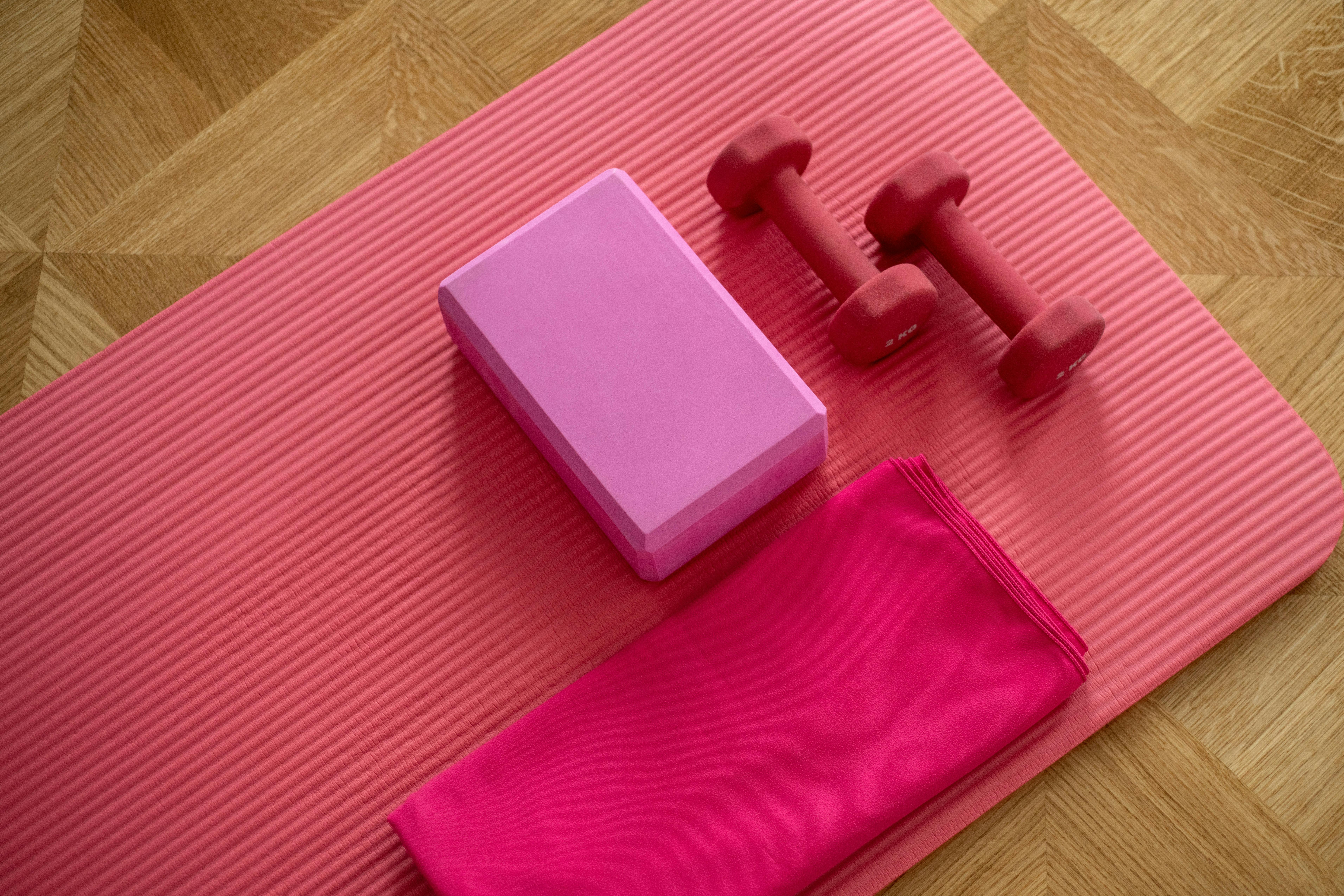Recovery Fitness: Unlock Your Potential and Rejuvenate Your Body
May 20, 2023

In the fast-paced world of fitness, it's easy to focus solely on pushing your limits and achieving new milestones. However, what many people overlook is the crucial role that recovery plays in optimizing performance and ensuring long-term well-being. Whether you're an athlete aiming for peak performance or someone recovering from an injury, integrating recovery fitness into your routine can be a game-changer. In this article, we will explore the transformative power of recovery fitness, its benefits, and how you can incorporate it into your fitness journey.
- Understanding Recovery Fitness: Recovery fitness refers to a specialized approach that focuses on rejuvenating the body, promoting healing, and preventing future injuries. It encompasses a range of techniques and exercises designed to optimize recovery, improve flexibility, and enhance overall physical and mental well-being.
- Benefits of Recovery Fitness: a. Enhanced Healing: By incorporating recovery fitness into your routine, you facilitate faster healing of injured muscles and tissues, allowing you to bounce back stronger than ever. b. Improved Flexibility: Recovery workouts often include stretching and mobility exercises that promote flexibility, preventing stiffness and enhancing range of motion. c. Injury Prevention: Regular recovery fitness routines help identify and address muscular imbalances, weaknesses, and tightness, reducing the risk of future injuries. d. Mental Well-being: Recovery fitness not only rejuvenates your body but also provides a much-needed mental break from intense workouts, reducing stress and promoting a positive mindset.
- Tailoring Recovery Workouts: Recovery fitness is not a one-size-fits-all approach. To maximize its benefits, it's crucial to tailor your recovery workouts to your specific needs and goals. Consider consulting with a qualified fitness professional who can create a personalized plan based on your fitness level, injury history, and desired outcomes.
- Key Components of Recovery Fitness: a. Active Recovery: Engage in low-intensity exercises such as light jogging, swimming, or yoga to promote blood flow and flush out toxins, aiding in the recovery process. b. Stretching and Flexibility: Incorporate dynamic and static stretching exercises to improve flexibility, relieve muscle tension, and enhance recovery. c. Foam Rolling and Self-Massage: Utilize foam rollers or massage tools to target tight muscles and release knots, improving circulation and accelerating recovery. d. Sleep and Rest: Prioritize quality sleep and allow your body ample time to rest and recover between workouts. Sleep is crucial for muscle repair and growth.
- Integrating Recovery Fitness into Your Routine: To incorporate recovery fitness effectively, consider the following tips: a. Schedule dedicated recovery days into your weekly workout plan. b. Listen to your body and adjust the intensity or duration of your workouts accordingly. c. Adopt relaxation techniques such as meditation or deep breathing to further promote relaxation and reduce stress.
Recovery fitness is a vital component of any well-rounded fitness routine. By prioritizing recovery, you can optimize your physical performance, prevent injuries, and achieve long-term fitness goals. Embrace the power of tailored recovery workouts and unlock your body's full potential. Start your journey to renewed vitality and rejuvenation today.




